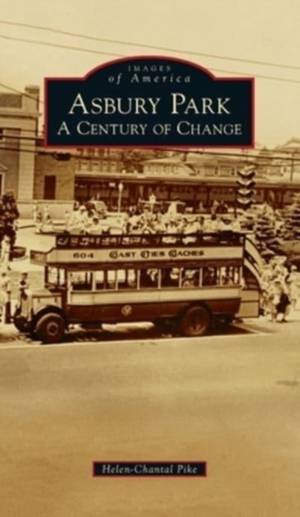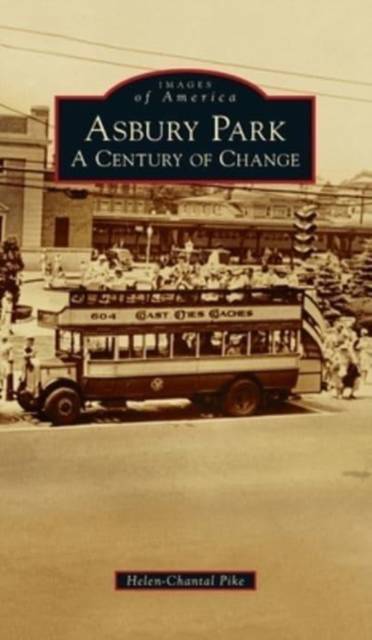
- Afhalen na 1 uur in een winkel met voorraad
- Gratis thuislevering in België vanaf € 30
- Ruim aanbod met 7 miljoen producten
- Afhalen na 1 uur in een winkel met voorraad
- Gratis thuislevering in België vanaf € 30
- Ruim aanbod met 7 miljoen producten
Zoeken
€ 36,45
+ 72 punten
Uitvoering
Omschrijving
As the 20th century got under way, Asbury Park was booming. Real estate advertisements promoted a residential resort where country meets the sea. The nearly one-square-mile gridded municipality attracted individuals who saw opportunities, from architects and artists to entrepreneurs and people looking for employment. But with the death of its founder and leading benefactor, James A. Bradley, and the rise of machine politics under Mayor Clarence E.F. Hetrick, Asbury Park's civic and economic fortunes started to change. In World War II's long aftermath, suburbs, shopping malls, and modern amusement destinations sprang up outside its municipal borders. Its once-bustling economy faltered, and civil unrest festered until 1970, when it turned violent. It took more than 10 years for new changes to find their way to the drawing boards. But it was in the 21st century that new business and civic leaders with a more inclusive pioneering spirit started turning Asbury Park's fortunes around.
Specificaties
Betrokkenen
- Auteur(s):
- Uitgeverij:
Inhoud
- Aantal bladzijden:
- 130
- Taal:
- Engels
- Reeks:
Eigenschappen
- Productcode (EAN):
- 9781540247841
- Verschijningsdatum:
- 7/06/2021
- Uitvoering:
- Hardcover
- Formaat:
- Genaaid
- Afmetingen:
- 127 mm x 203 mm
- Gewicht:
- 254 g

Alleen bij Standaard Boekhandel
+ 72 punten op je klantenkaart van Standaard Boekhandel
Beoordelingen
We publiceren alleen reviews die voldoen aan de voorwaarden voor reviews. Bekijk onze voorwaarden voor reviews.











